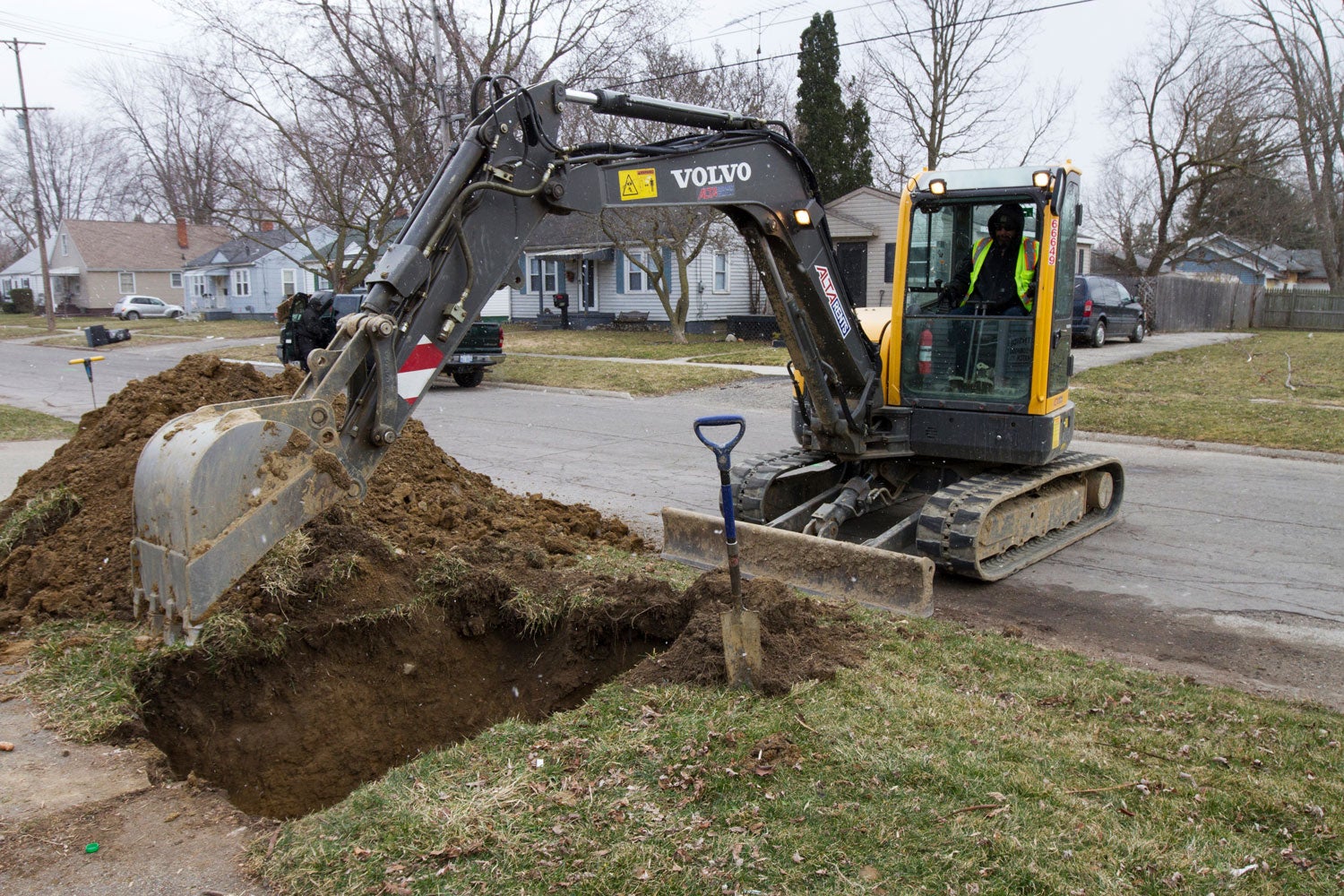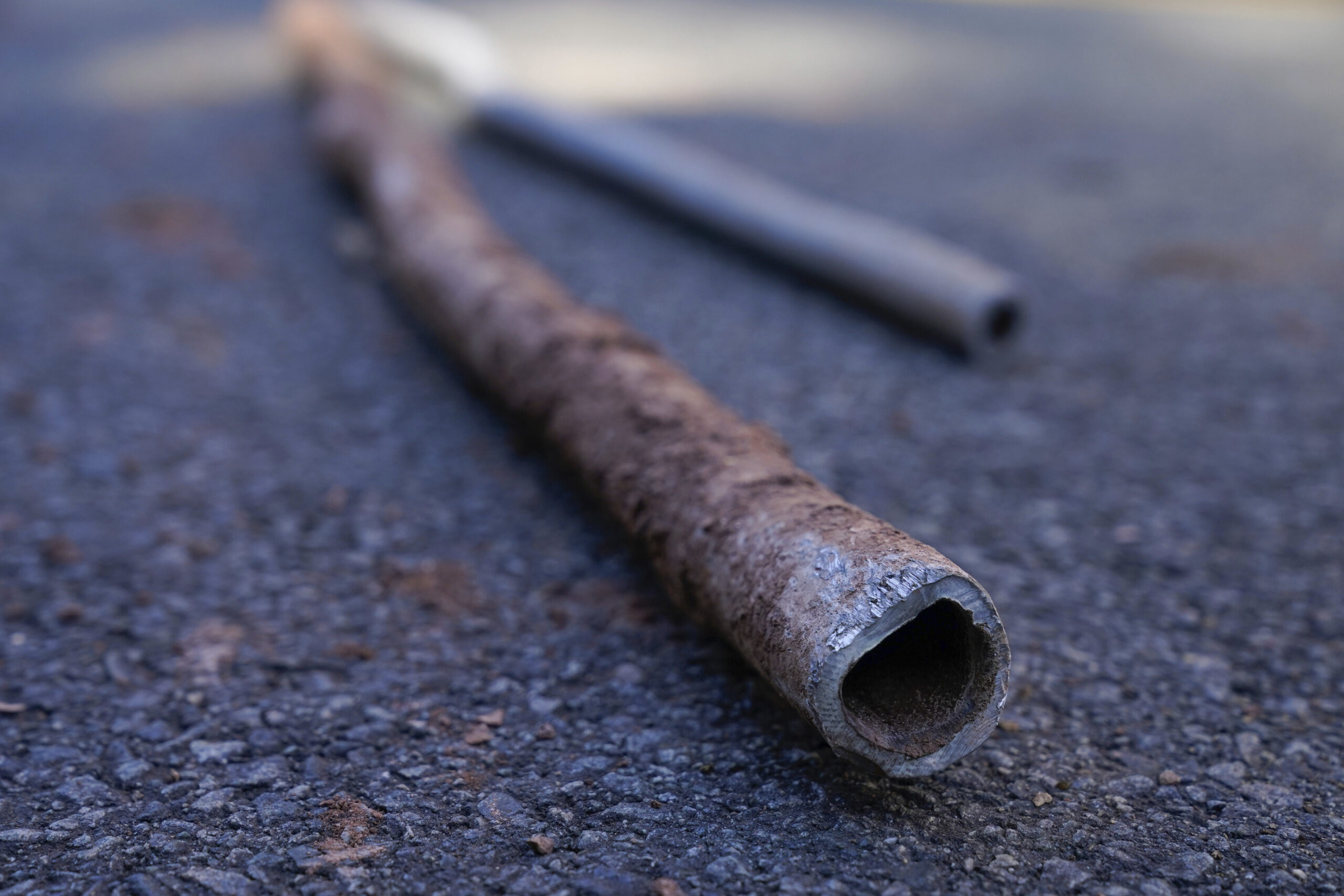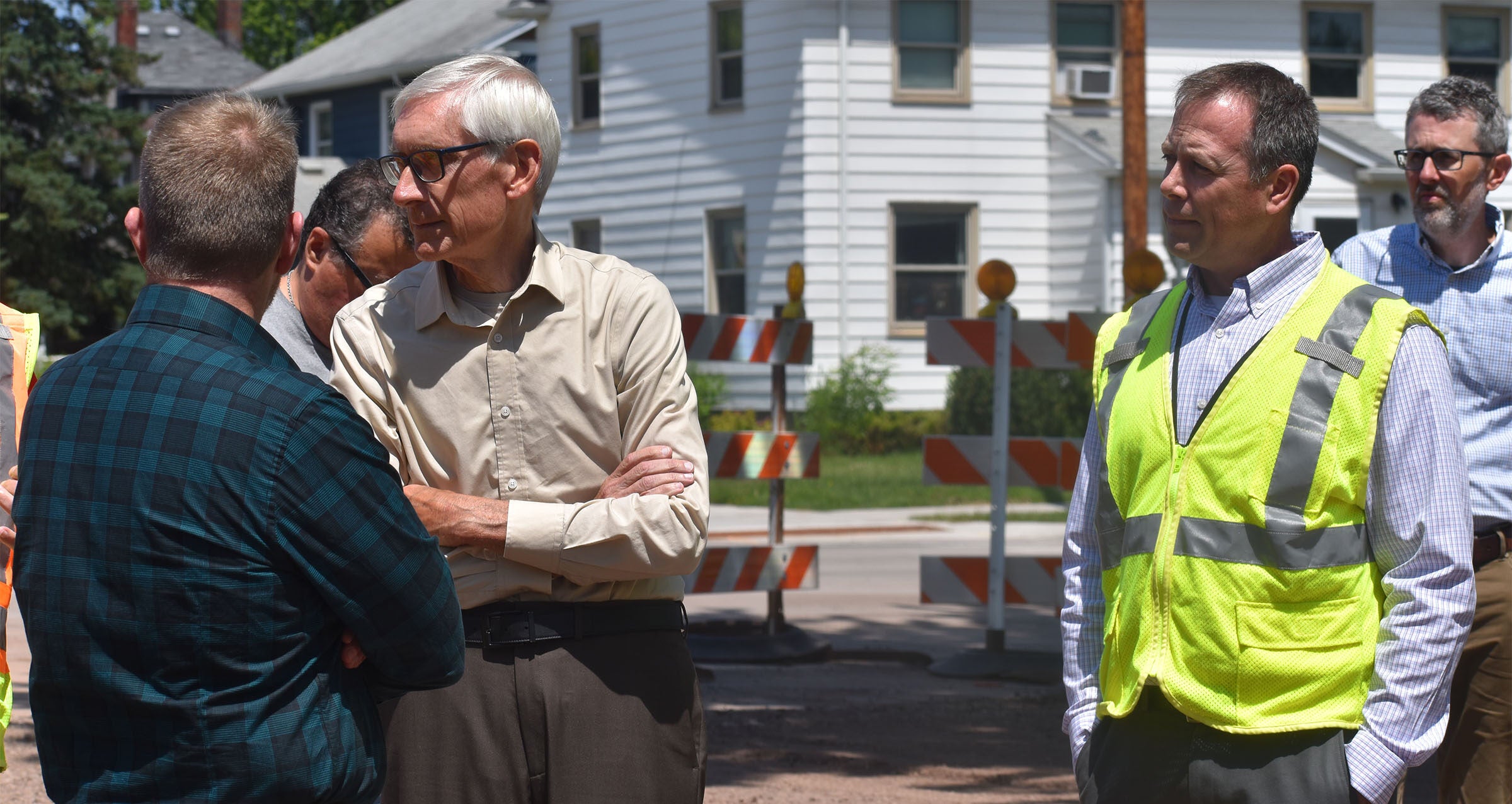Milwaukee officials are at odds over how to address tens of thousands of lead service lines that carry drinking water from city water mains to homes.
The city began a project to replace the pipes last year after a study showed simply patching lead pipes could be disturbing service lines and increasing lead in water.
An update from Milwaukee Water Works this week said the city met its replacement goals last year, swapping out just over 600 lead service lines. But officials say the goal was modest.
News with a little more humanity
WPR’s “Wisconsin Today” newsletter keeps you connected to the state you love without feeling overwhelmed. No paywall. No agenda. No corporate filter.
Total replacement could take decades and will cost millions of dollars annually. Milwaukee Water Works reported that replacing roughly 600 lead service lines in 2017 cost $6.6 million in public and private funds.
In a hearing Wednesday, Milwaukee Alderman Robert Bauman said pipe replacement hasn’t cleared up contamination in other cities and Milwaukee should consider alternatives.
“Maybe we don’t have to spend three-quarters of a billion dollars replacing 74,00 lead service lines,” Bauman said. “Maybe there are other technological approaches that again retain the positive attributes of lead, while avoiding the health challenges.”
Lead service lines are sturdier than the alternatives, explained the alderman, but the possibility of lead seeping into drinking water outweigh the benefits.
One of the technological solutions to the problem is pipe lining, as suggested by Department of Public Works Commissioner Ghassan Korban. The process is minimally invasive and uses a chemical to create a barrier between the lead pipes and drinking water.
Although popular in Europe, the lining system has not garnered regulatory approval in the United States, a process that could take years.
Alderman Jim Bohl warns of latching on to a solution like pipe lining systems too quickly, arguing there aren’t enough studies that look into possible long-term effects.
But Bohl says replacing the lead service lines doesn’t necessarily mean there won’t be lead in the water. When Madison replaced all of its lead service lines, some water still tested positive for lead, Bohl said.
“The only thing that adequately addresses the problem is properly used, certified lead water filters,” Bohl said.
Bohl suggests expanding city distribution of these certified lead water filters.
Talks continue over what the city’s best options are. Bohl is writing a white paper on the matter.
In the meantime, Milwaukee will continue replacements, with the goal of replacing 800 lines at about a total of $8.8 million. The city will also continue to staff free lead testing clinics for children who may have been exposed to lead.
Wisconsin Public Radio, © Copyright 2025, Board of Regents of the University of Wisconsin System and Wisconsin Educational Communications Board.





